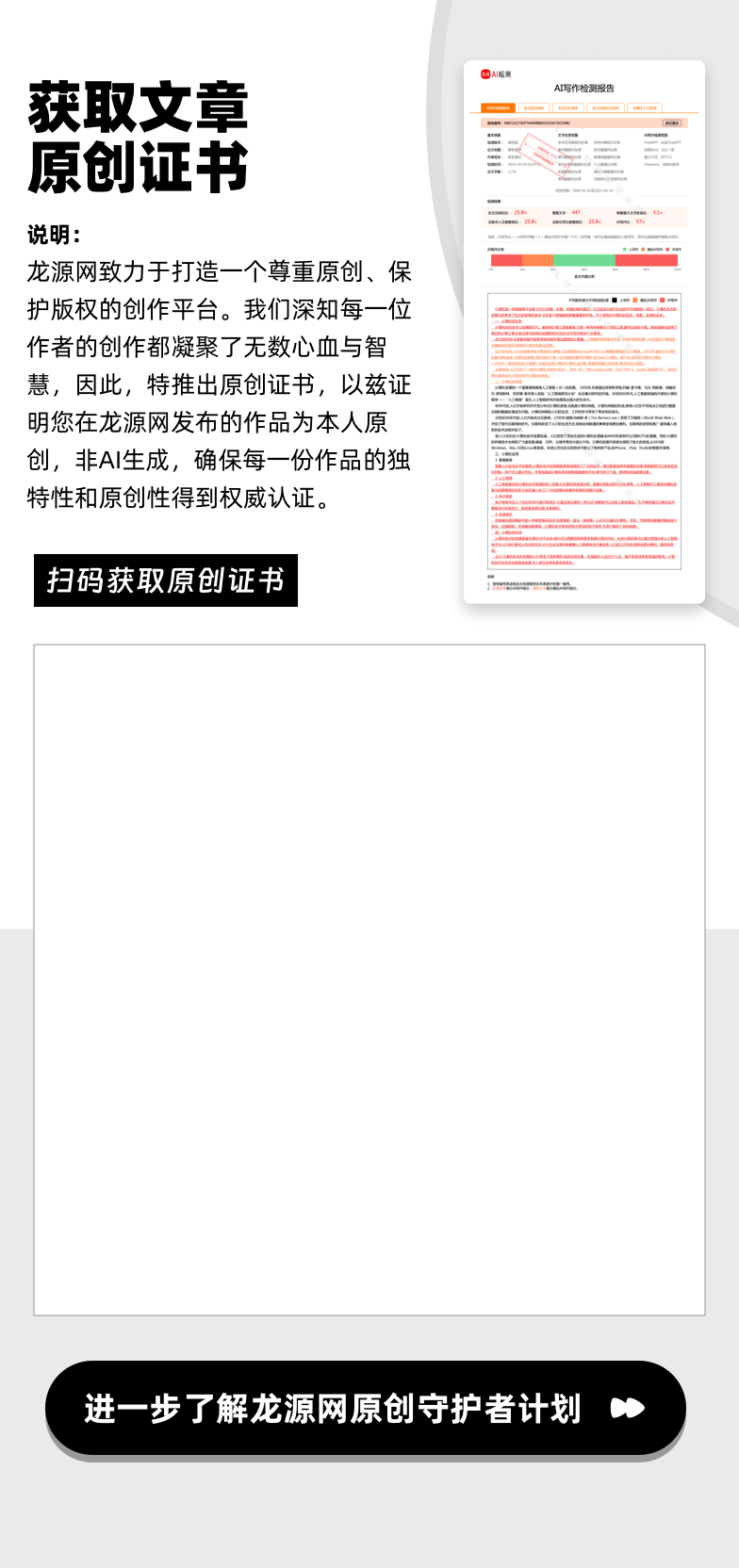
- 收藏
- 加入书签
基于语料库的《三国演义》罗译本和虞译本中的中医药文化英译研究
摘要:作为我国文化历史中,极具特色的长篇章回体历史演义小说,《三国演义》成为了中华传统文化的经典,是家喻户晓的名作,该小说是的创作者是著名小说家罗贯中先生,其是以陈寿著作的《三国志》为基准来撰写的历史小说。该小说中富含了我国古代封建文化与思想,作为历史的写照,将历史人物刻画得有声有色,《三国演义》中的故事被每一位中华儿女所熟知,其中最为熟系的就有桃园三结义、火烧赤壁、煮酒论英雄等等。随着我国传统文化的发展及国家国际地位的提升,《三国演义》也受到了国外读者及文化研究者的喜爱,在世界各国广为流传。此次研究将对基于语料库的《三国演义》中罗慕士与虞苏美的全译本中的中医药文化英译来进行研究,以比较两种译本的方式来进行分析,从而体现出不同译本的特点与不同之处。
关键词:《三国演义》;罗译本;虞译本;中医药文化
在文化融合发展的时代背景下,对于每一个国家来说,想要得到良好的发展,提升国家总体经济水平和国际地位,就要做好文化建设工作,尤其是文化现代化发展,这样才能构建起文化自信。在党的十九大中明确提出:文化是国家以及民族的灵魂所在,文化兴则国兴,文化强则民族强的观点[1]。不同的文学作品中,翻译的文本类型也有所不同,在我国经典名作《三国演义》中主要有两种英译文本,分别是罗译本与虞译本,此次研究以对比两种文本在《三国演义》中的中医药文化英译的方式进行研究,不仅为了体现出两种文本的区别,更重要的是通过英译的方式来体现出的我国优秀的传统文化,使其得到更好的发展,同时,通过分析了解不同文本英译《三国演义》中医药文化的区别,也能够让国外友人深入了解我国文学著作中的中医药文化[2]。
一、《三国演义》罗译本和虞译本中药方剂中君、臣、佐、使的英译
例1.原文:此类的药都不算为奇,只在群药里算。那为君的药,说起来唬人一跳。
罗译: These are nothing unusual, just ordinary herbs; but the chief ingredient would give you a shock.
虞译: Actually, though, there’s nothing so very special about those ingredients.They’re all in the standard pharmacopoeia. For “sovereign remedies” they use ingredients that would reallymake you jump.
这里的群药,是指除君药以外的诸药,而为君的药就是指的君药,罗译文中分别译为“ordinary herbs”和“the chief ingredient”;而虞译为“ingredients”和“sovereign remedies”,二者都基本表达了其基本含义,但是其中的中医药文化却丧失了,源语文化特征丝毫没有保留,所以笔者建议这里可以采用深度翻译的相关策略,加注君臣佐使的相关内容,以补充相关的中药文化语境,帮助译文读者更好地理解和传播中药文化[3]。
二、《三国演义》罗译本和虞译本中药产地和计量的英译
例2.原文:益气养荣补脾和肝汤、人参二钱、白术二钱土炒、云苓三钱、熟地四钱、归身二钱酒洗、白芍二钱炒、川芎钱半、黄芪三钱、香附米二钱制、醋柴胡八分、怀山药二钱炒、真阿胶二钱蛤粉炒、延胡索钱半酒炒[4]。
罗译:DECOCTION TO IMPROVE THE RESPIRATION, FORTIFY THE BLOOD AND TRANQUILLIZE TI-IF LIVE
Ginseng.2 oz
Atraetylis (clay baked). 2 oz
Paehyma cocos.3 oz
Prepared Ti root.4 oz
Aralia edulis (cooked in wine). 2 oz
White peony (cooked). 2 oz
Szechuan selinum. 15 oz
Sophora tomentosa. 3 oz
Cyperus rotundus (processed). 2 oz
Gentian soaked in vinegar. 08 oz
Dioseorea from the Huai region (cooked). 2 oz
Genuine Tung-ngo glue (prepared with powdered oyster-shell). 2 oz
Carydalis ambigua (cooked in wine). 15 oz
虞译:For a decoction to increase the breath, nourish the heart, fortify the spleen and calm the liver
R
Ginseng 2 drams
Atractylis (clay-baked) 2 drams
Lycoperdon 3 drams
Nipplewort (processed) 4 drams
Angelica 2 drams
White peony root 2 drams
Hemlock parsley 1½ drams
Yellow vetch root 3 drams
Ground root of nutgrass 2 drams
Hate’s ear (in vinegar) ¾ dram
Huaiqing yam 2 drams
Dong E ass’s glue(prepn with powdered oyster-shell) 2 drams
Corydalis (cooked in wine) 1½ drams
三、《三国演义》罗译本和虞译本中药炮制的英译
中药的炮制指药物在应用前及制成各种剂型前的加工处理,目的是发挥药物的疗效,使其最大程度上符合临床用药目的。所以,不同药性与治疗目的炮制方法也有所不同。在《三国演义》中出现了多种药材炮制方法,关于中医药物炮制文化在译文中如何体现,具体如下:
例3::关兴拿来看时,问道:“血势上冲,柴胡使得么?”华佗笑道:少将军但知柴胡是升提之品,为吐衄所忌。岂知用鳖血拌炒,非柴胡不足宣少阳甲胆之气。以鳖血制之,使其不致升提,且能培养肝阴,制遏邪火。
罗译:Guan Xing reading this asked, “When the blood is agitated, is it safe to use
thorowax?”
Doctor Wang smiled.
“I see you know, sir, that thorowax is a stimulant, not to be used in cases of vomiting blood or nose-bleed; but actually, boiled with turtle-blood, this is the only drug which will stimulate the digestive system and release the humour from the gall. Instead of agitating the blood it can strengthen the liver and keep down hot humours.
虞译:Guan Xing took the paper and glanced down the list.
‘I see you include Hare’s Ear in your prescription,’ he said. ‘Forgive me if I am wrong, but I thought that was ruled out in haematic eruptions?’
‘You must be thinking,’ replied Doctor Wang with a knowledgeable smile, ‘of its emetic properties, which, as is well known, contra-indicate this particular herb in cases of haemoptysis or epistaxis. But allow me to inform you that in preparation with Turtle’s Blood (as in my prescription), Hare’s Ear constitutes the only effective remedy we have for draining the humour of the Lesser Yang periphery of the gall-bladder. You see, the judicious admixture of Turtle’s Blood has the remarkable effect of inhibiting the eme-tic properties of Hare’s Ear, while enabling it to restore the hepatic Yin and check the phlogistic disturbance.
结语:
当下,为了能够使我国优良历史文化得到更好的传承,诸如《西游记》及《水浒传》等名作都开始进行英译,而《三国演义》也不例外,在该著作中对我国古代汉语言文化进行了英译,其中又分别包含了中医药文化、官员职称文化等等多种中国传统文化[5]。而从上述研究分析来看,罗译本和虞译本在《三国演义》中医药文化英译本中,不同译本的翻译各有特色,均存在相似点与不同的侧重点[6]。其中,罗译本更加注重异化策略,归化为辅,虞译本则是更多的运用异化手法,以维持源语形式与内容为主,重视中国传统文化的体现。整体来看,要想为中国文化走出国门提供有效保障,不仅要重视语言层面的翻译,还需以突显国家文化特色为主导[7]。
参考文献:
[1]任琳. 基于赖斯翻译批评模式浅析《三国演义》"草船借箭"两个英译本[J]. 海外英语, 2020(13):2.
[2]吕楠. 描写视角下《三国演义》译本评价研究[J]. 辽宁工业大学学报:社会科学版, 2020, 22(4):4.
[3]侯瑞洋. 《三国演义》古代科技文化的英译比较——以邓,罗两译本为例[J]. 海外英语, 2020(5):2.
[4]徐鑫涛. "博弈论"视阈下译者主体性在术语翻译中的演绎——以《三国演义》罗慕士译本为例[J]. 外国语文研究, 2020, 6(1):7.
[5]傅琴. 创造性叛逆和《三国演义》英译本——以罗慕士和虞苏美两个全译本为例[J]. 海外英语, 2020(20):3.
[6]李彩霞, 曹慧芳. 从语境顺应视角研究《三国演义》开篇词英译[J]. 海外英语, 2021(19):2.
[7]吴晗. 《三国演义》文化负载词英译研究 ——以《三国演义》罗慕士译本为例[J]. 中外交流, 2019.
本论文系四川省社会科学联合会一般项目“基于语料库的《三国演义》罗译本和虞译本中的中医药文化英译研究”阶段性研究成果,项目编号SC21WY016。







 京公网安备 11011302003690号
京公网安备 11011302003690号


